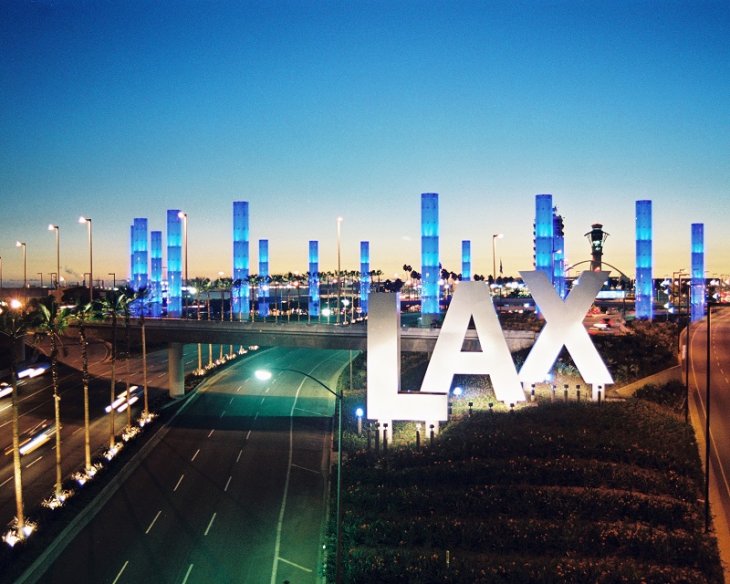By Tom Elias

It was a clear-cut case of too little and too late when the California Public Utilities Commission (PUC) the other day issued its first-ever map showing where the likelihood of utility-sparked wildfires – often followed by mudslides – is highest.
The cows were already out of the barn months before this long-awaited map and its accompanying regulations made their appearance more than 10 years after the map could have and should have been drawn.
The blueprint shows not only areas of greatest risk for major blazes, but also rates various locales on their danger levels, with tougher inspections and tree-trimming requirements needed in areas of greatest menace.
It’s all because big privately-owned utilities must serve all areas, not merely those that are most convenient. That’s part of the deal giving them power-service monopolies over vast regions. With their agreement to serve even fire-risk zones comes responsibility to do it safely.
The findings are not yet in on whether either Pacific Gas & Electric Co. or the Southern California Edison Co. were in any way culpable for either the hugely-destructive Wine Country fires of last fall or the Thomas fire which ravaged Ventura and Santa Barbara counties in December and early January, followed by massively lethal and damaging mudslides.
Both companies are now defendants in multiple lawsuits. Some charge sparks from electric wires caused at least one big inferno and others claim a utility work crew spurred another.
If the areas where those alleged incidents supposedly occurred had been mapped earlier than they were, with tougher regulations applied to them, there’s at least a possibility lives, homes, crops and businesses might have been spared.
But there was no danger map when those fires broke out. Nor was there one in the months leading up to them, when it might have done some good. Creation of the map was first ordered by the PUC shortly after the 2007 Witch fire destroyed at least 1,500 homes and killed 17 persons in San Diego County. Investigators placed the blame for that fire on arcing power lines of the San Diego Gas & Electric Co., which has failed so far in efforts to force consumers to pay more than $300 million in costs not covered by insurance.
But one newspaper reported last fall that utilities repeatedly asked to slow down mapping, saying some proposed regulations would “add unnecessary costs to construction and maintenance projects in rural areas.”
The problem with those objections, apparently heeded by the PUC as it extended the mapping deadline repeatedly, is that when strong winds blow, fires in rural areas can spread to more heavily populated places, as residents of Ventura, Montecito, Santa Rosa and Calistoga learned to their dismay in late 2017.
As with many government agencies, the PUC moaned that it has insufficient staff to inspect all utility lines. But 10 years was likely time enough for just one inspector to check every power line in every high-risk area of California.
“The sad part,” Democratic state Sen. Jerry Hill opined just after the Wine Country fires, “is the maps didn’t arrive before these fires…It’s an outrageous example of negligence by a regulatory agency.”
The good news is that, pressured by the results of its relaxed approach to the mapping project, the PUC has adopted new regulations. This won’t help anyone victimized by fires and mudslides last fall and early this year, but it ought to prevent at least some future damage from arcing and sparking power lines.
Utilities, led by SDG&E in last fall’s Lilac fire near Fallbrook, also show more readiness to cut off power in potentially affected areas during early stages of fires in hopes of containing damage. That worked in the Lilac blaze, knocked down much more quickly than others that burned simultaneously.
One problem: New map-related rules take effect only gradually, applying after Sept. 1 to areas where fire peril is highest and not until June 30 of next year in other places. Utility companies will have to file annual reports on their fire-prevention efforts in high-risk areas, but the first isn’t due until Oct. 1.
These are positive developments that could prevent a lot of future damage. To the PUC’s utter shame, there appears to be no good reason these things could not have happened much earlier.




















